Surely:
There’s no starting the day without your cup of coffee. It’s a ritual you just can’t stop.
Thankfully, coffee maker brands like Keurig help keep this ritual going with their convenient brewers.
But what happens when your Keurig starts dispensing coffee with a bad taste? This should prompt you to wonder where the taste comes from and how to get rid of it.
Luckily:
You’ve come to the right place, as I’ll be answering these questions and more.
Table of Contents
Keurig Coffee Tastes Bad: The Possible Fixes
If your Keurig brews bad-tasting coffee, here’s how you fix it. Brew with quality and fresh beans. Also, use a coffee scale to measure the coffee quantity and a water filter to remove particles. And then, clean, descale, drain your machine and Brew with optimal water temperature. You can also try using Arabica and the Strong Button.
Reasons Behind Bad-Tasting Keurig Coffee
You may be getting bad-tasting coffee from your Keurig coffee maker for several reasons. Here are some of the most likely ones.
Low-Quality Grounds or Beans
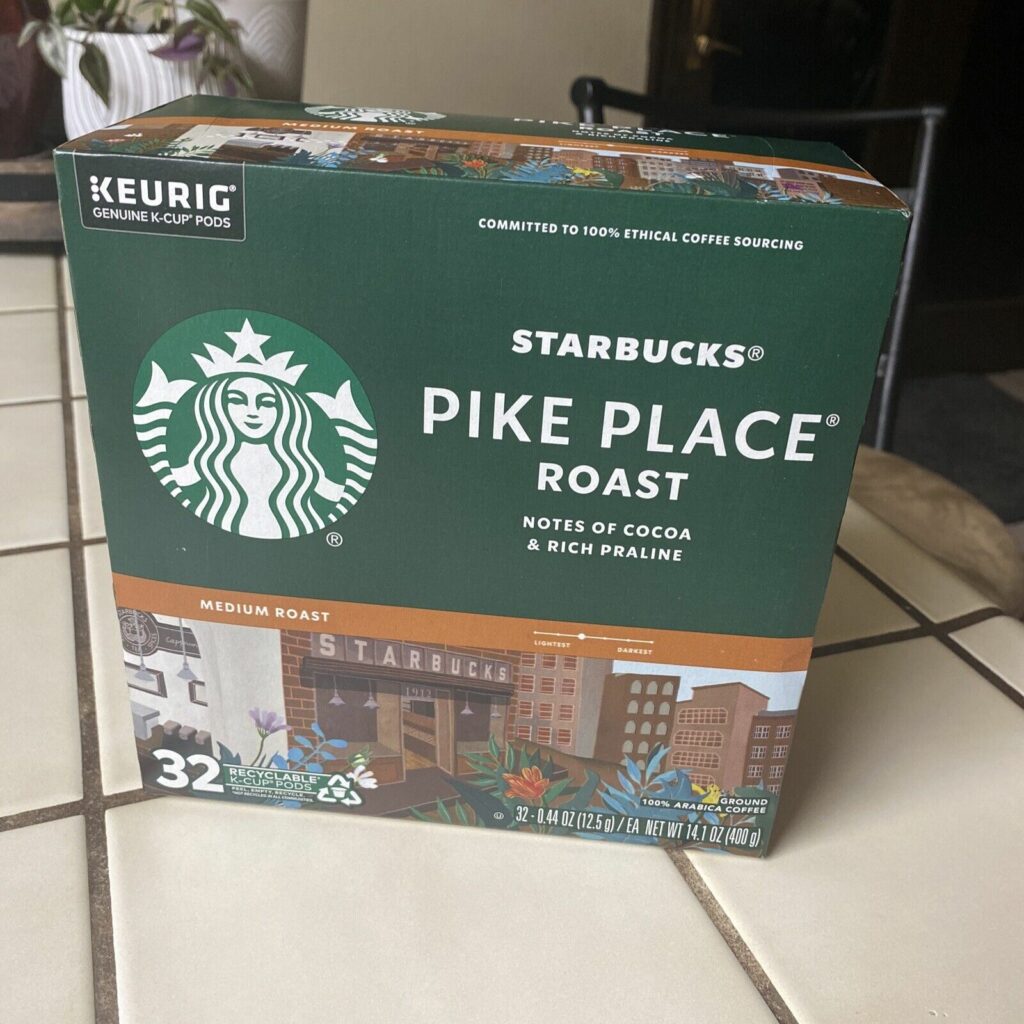
You’re surely not getting a cup of coffee with an excellent taste if you’re brewing with low-quality beans or K-Cup. The price of the beans or the K-Cup may seem appealing, but are you willing to sacrifice your satisfaction for it? We don’t think so.
You see:
A lot of the cheap coffee beans in stores are mass-harvested and poorly roasted. Hence they don’t have all the required flavors to make a great coffee.
So:
Buying such coffees because of the price means you’ll likely get an overly bitter coffee.
Also:
There are different brands of K-Cups, each containing different qualities of coffee grounds. Some of the pods contain the finest grounds while others aren’t good enough.
Stale or Old Grounds or Beans
Your Keurig coffee will likely taste bad if the beans or K-Cup are not fresh or old.
The truth is, no matter how good the beans look, they may already be nearing expiration. Research has shown that coffee loses about 10% of its shell life every 24 hours it is left open at room temperature.
When you think about it, that’s a lot of loss for just one day. Then, imagine leaving it open for several days; the coffee will have lost most of its flavor.
But then:
Even adequately stored coffee can lose some flavors when the oils release gas and oxidation. In fact, coffee beans or grounds are typically considered stale 3 to 4 months after roast, regardless of the storage.
Take note:
Coffee might also taste bad when the grounds or beans are too fresh. Yes, you read that right. You won’t get all the flavors if you use a coffee less than seven days after roast,
This is because the released gases take several days to settle.
Disproportionate Coffee and Water Ratio
Your Keurig coffee may taste bad because of poor coffee extraction resulting from using too much coffee or water.
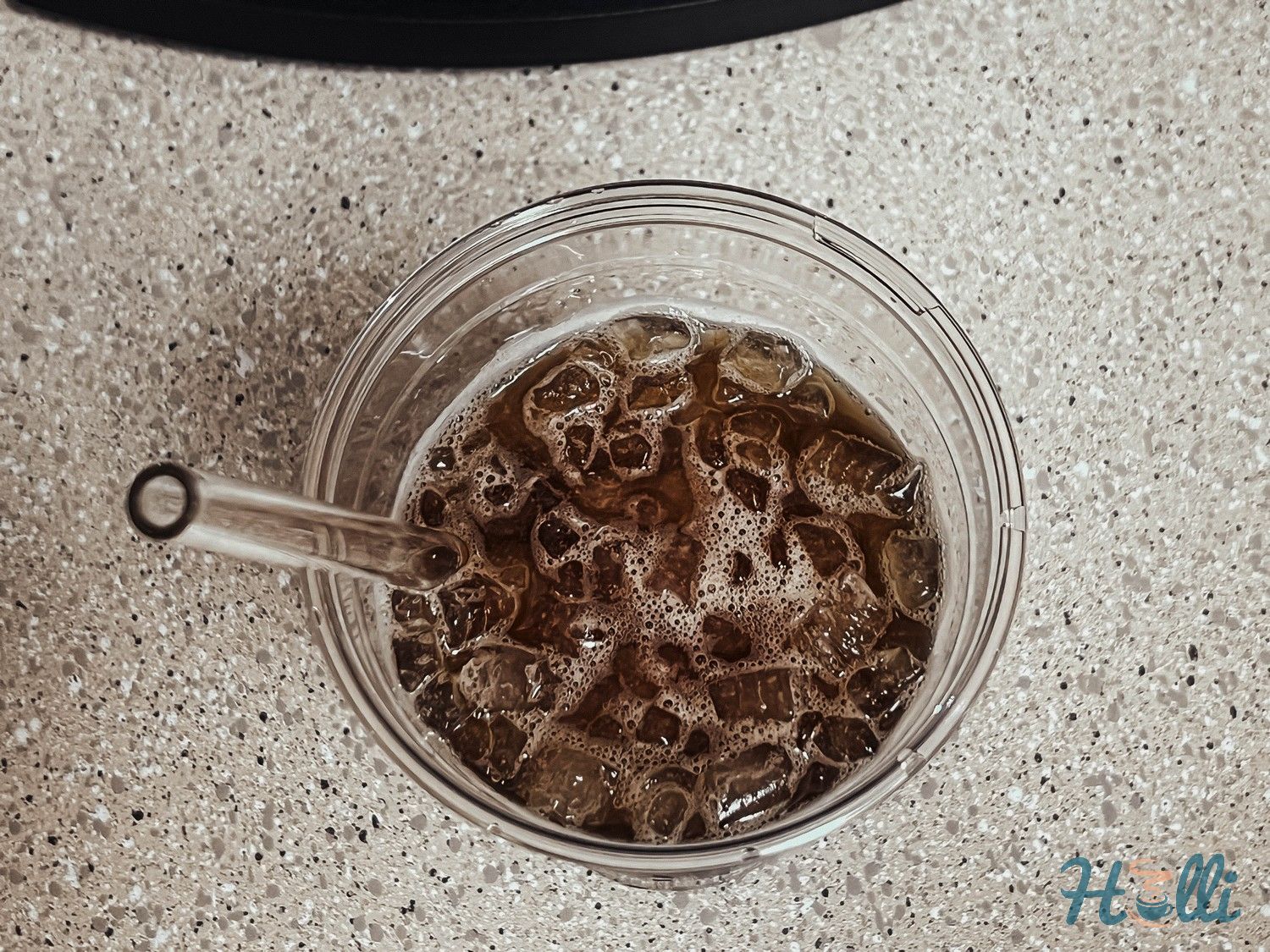
If you use a lot of water with just small coffee grounds, the coffee may be watery and sour. However, if the grounds are too much for the water, you’ll likely get a bitter coffee.
Low Water Quality
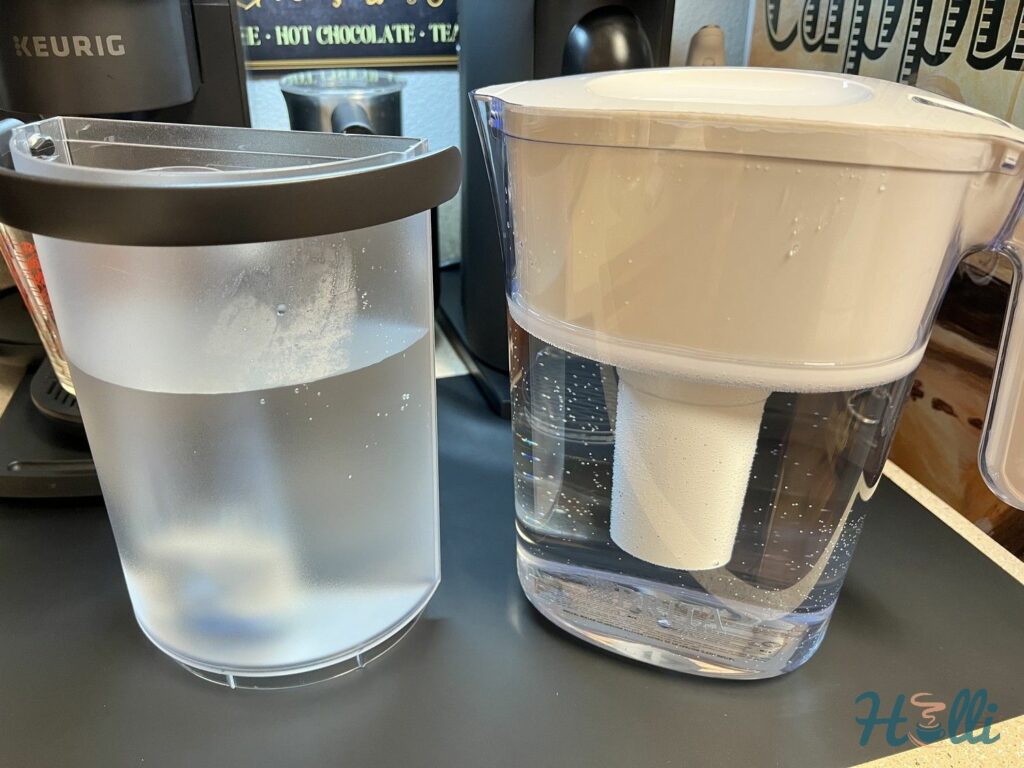
You may not notice it when you drink, but your water might be low in quality, which may be why you have an undesirable cup of coffee. This is especially the case when you live in an environment that relies on mineral water.
Mineral water is full of minerals which makes it hard. Even tap water may have invisible particles depending on where you live.
So, the minerals and particles in these waters can alter the taste of your coffee.
Incorrect Water Temperature
Remember when we said that coffee grounds shouldn’t be too small or too big because they can lead to over-extraction or under-extraction? Of course, you do.
Well:
The same thing applies to water temperature. In plain terms, the water in your Keurig shouldn’t be too hot or cold, as it’ll likely have the same effect.
Boiling water may dissolve the grounds and their flavors, meaning the coffee will be over-extracted and bitter.
If the water is too cool, however, it won’t be able to extract enough flavor from the grounds. As a result, the coffee will come out under-extracted, i.e., sour and lacking sweetness.
Dirty Keurig
We can’t finish examining the reasons behind your Keurig bad-tasting coffee without looking at the machine’s cleanliness.
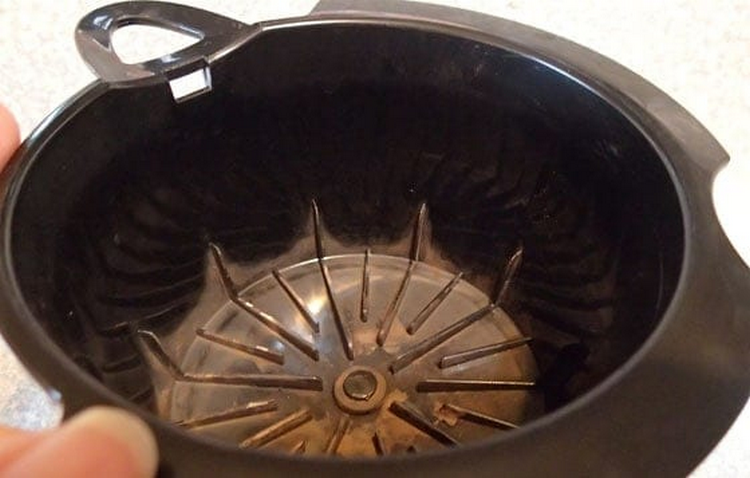
Your Keurig houses a lot of residue from coffee grounds and minerals. Mold and bacteria can also grow inside the machine if there’s stagnant water in the inner tanks and tubes.
Consequently:
These substances can build up quickly when you don’t clean the coffee maker regularly.
And in turn, they come in contact with your fresh brew and change your coffee’s taste. The residues, mold, and bacteria can also obstruct water flow, resulting in an uneven extraction.
Enhancing Your Keurig Coffee’s Taste
Having examined the causes of your bad-tasting Keurig coffee, let’s show you how to improve the taste.
Use Only Quality Coffee
Surely:
It’ll cost you extra dollars to buy quality beans, but, you’re almost guaranteed a coffee with a great taste.
Here’s what we recommend:
Source for a reputable local roaster and start buying from the person. The coffee should be more expensive, but you’ll realize how much value you get for your money when you taste the coffee.
Also, try sticking to just one local roaster if possible; this further ensures that you’ll be getting the same quality beans every time.
Keep this in mind:
If you’re buying K-Cups or coffee grounds, buy tested and trusted brands. You may visit a family member or friend and end up with a cup of joe you like.
Try inquiring about the type of K-Cup or grounds they use so you can get one yourself and stick to it.
Use Only Fresh Coffee
Some advice:
Always check the roast date on the label of the coffee before buying—the roast date, not expiration date. And if the coffee doesn’t have a roast date, keep off.
As we already mentioned, sealed coffee is typically considered stale 3 to 4 months after roast.
So, find the date of the roast and add four months to it. If the four months have almost elapsed, ditch the coffee and go for a newer one.
However:
When you unseal the coffee, it is best to brew it between 7 to 21 days after roasting. During this period, the coffee should still have its maximum freshness.
And then:
Avoid hoarding coffee. Instead, always buy the quantity you’ll consume in one or two weeks. And when you buy the coffee, read the label to know how to store it.
Remember:
You shouldn’t brew the coffee seven days after roasting as It would still be degassing (developing flavorful oils). This means it may be too fresh and, thus, won’t taste right.
The same thing applies to brewing 21 days after roasting; the coffee may have lost a lot of flavor.
Use a Coffee Scale to Measure Coffee Quantity
Fact:
The best way to avoid a disproportionate coffee and water ratio is to use a coffee scale for measurement. With this, the guesswork ends, and you’ll be sure of the kind of coffee you’ll get every time.
You can find coffee scales in local shops and e-commerce platforms like Amazon, eBay and Walmart.
Use a Water Filter
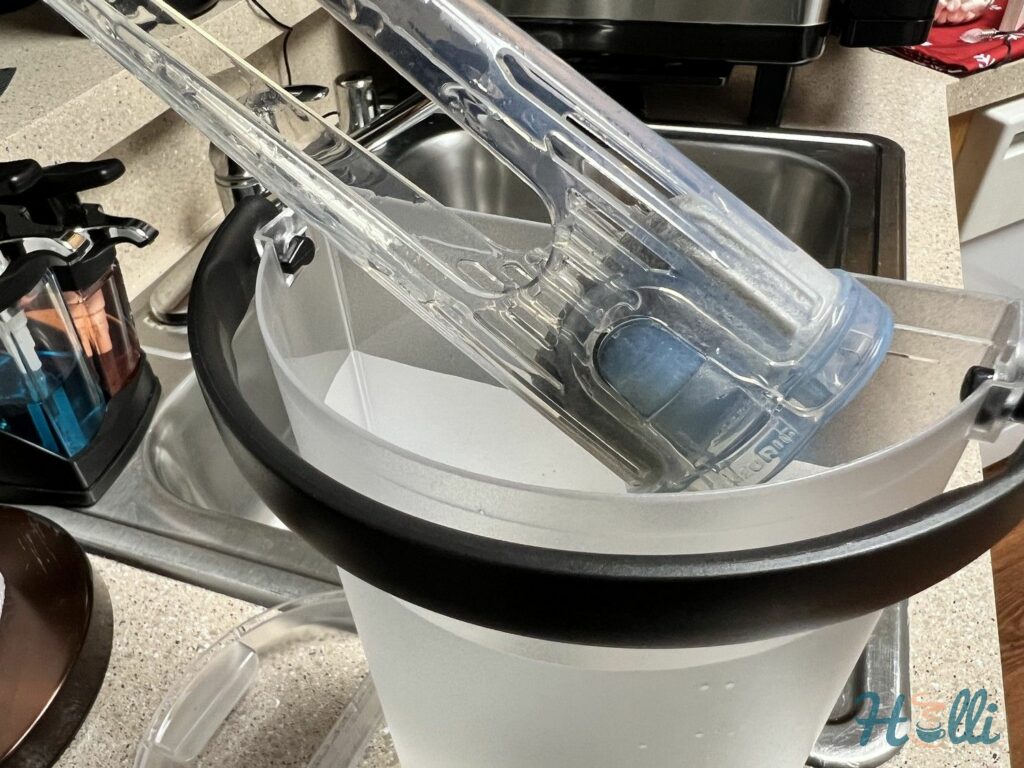
Get this:
Whether you use mineral or tap water for your Keurig, filtering the water can help keep away unwanted particles from your Keurig.
Thus, improving the taste of your coffee.
Water filters are very easy to buy. They’re also available in local shops and e-commerce outlets.
Also:
If you can afford it, use bottled water for brewing as it’s usually more purified. Distilled or softened water are also better options compared to tap and mineral water.
Only Brew With Optimal Water Temperature
To get a coffee that tastes just perfect, you must set your Keurig at the optimal water temperature. Unfortunately, there are disagreements on what the best temperature is for brewing.
The National Coffee Association (NFC) recommends brewing with a water temperature between 195 degrees Fahrenheit and 205 degrees Fahrenheit.
However, Keurig typically comes with a factory preset temperature of 192 degrees Fahrenheit (89 C). We recommend sticking to Keurig’s preset degree.
But if you must go beyond it, ensure it stays within NFCs recommendation.
Clean, Descale and Drain Your Keurig Machine Regularly
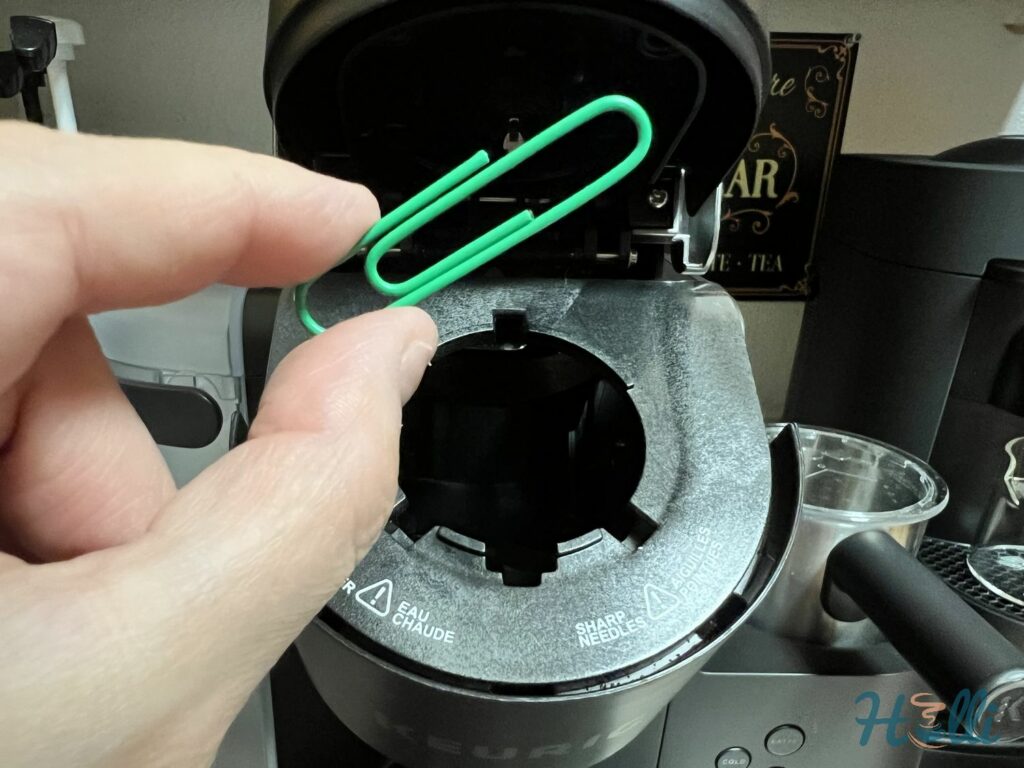
Fact:
Regular cleaning and descaling will flush residue from coffee grounds in the brewer. Therefore, if possible, take out all removable parts and wash them thoroughly in running water.
The most important removable parts to have in mind include drip tray, water reservoir, K-Cup holder, and filter. Don’t forget to wash your coffee gadgets like grinder in running water.
Also, unclog the puncture needles at the top and bottom of the K-Cup compartment after every brew.
If you’re too occupied to do this, try cleaning them at least once a week.
And then:
Remember to descale your Keurig using Keurig’s descaling solution, white vinegar, or even baking soda. This will help break down any mineral buildup in the machine, flush out debris in the interior and remove plastic taste.
It can also help eliminate oil buildup, which can make your Keurig coffee taste burnt.
After the descaling, you must run a rinse cycle with fresh water. This will help to flush out the vinegar taste and any signs of the descaling solution from the machine.
One last thing:
Drain your Keurig if you won’t be using it for a long time. This will eliminate stagnant water in the machine, which leads to mold and bacteria.
In addition to their health implications, mold and bacteria can also alter the taste of your coffee.
Note:
It is important to follow the instructions in your Keurig manual to clean and maintain your machine correctly.
Other Easy Ways to Improve Your Keurig Coffee’s Taste
Try Using a Different Type of Coffee
There are different types of coffee beans, but the most popular ones are Arabica and Robusta. Other types include Liberica and Excelsa.
These coffees have different qualities, but Arabica beans are known to be the best. So, if you’re using a K-Cup or coffee ground made with Robusta beans, or other beans, consider replacing them with the Arabica coffee pods or grounds.
You can check for the type of beans on the product’s label.
Adjust the Brew Strength
Many Keurig machines have a Strong Button, which helps adjust the brew strength. With just a push of the button at the start of the brew, you can go from weak and sour coffee to a strong and intense one.
What you’ll get is stronger coffee that better suits your taste.
Conclusion
Your Keurig may suddenly start brewing coffee that tastes bad. However, you can solve it with any of the following fixes:
- Using only quality and fresh coffee
- Use a coffee scale to measure coffee quantity
- Use a water filter to keep out particles and minerals
- Only brew with optimal water temperature
- Clean, drain and descale your Keurig regularly
- Go for Arabica beans
- Use the strong button to adjust the brew strength
To improve the taste of your coffee and your coffee-drinking experience in general, we urge you to try any of our suggested solutions. And then, remember to contact us via the comment section if you have more questions.
Frequently Asked Questions
If your Keurig coffee tastes bad after descaling, it may be due to several factors. This includes low-quality or stale coffee and low-quality water. It can also be because the water and coffee ratio is disproportionate or an incorrect water temperature.

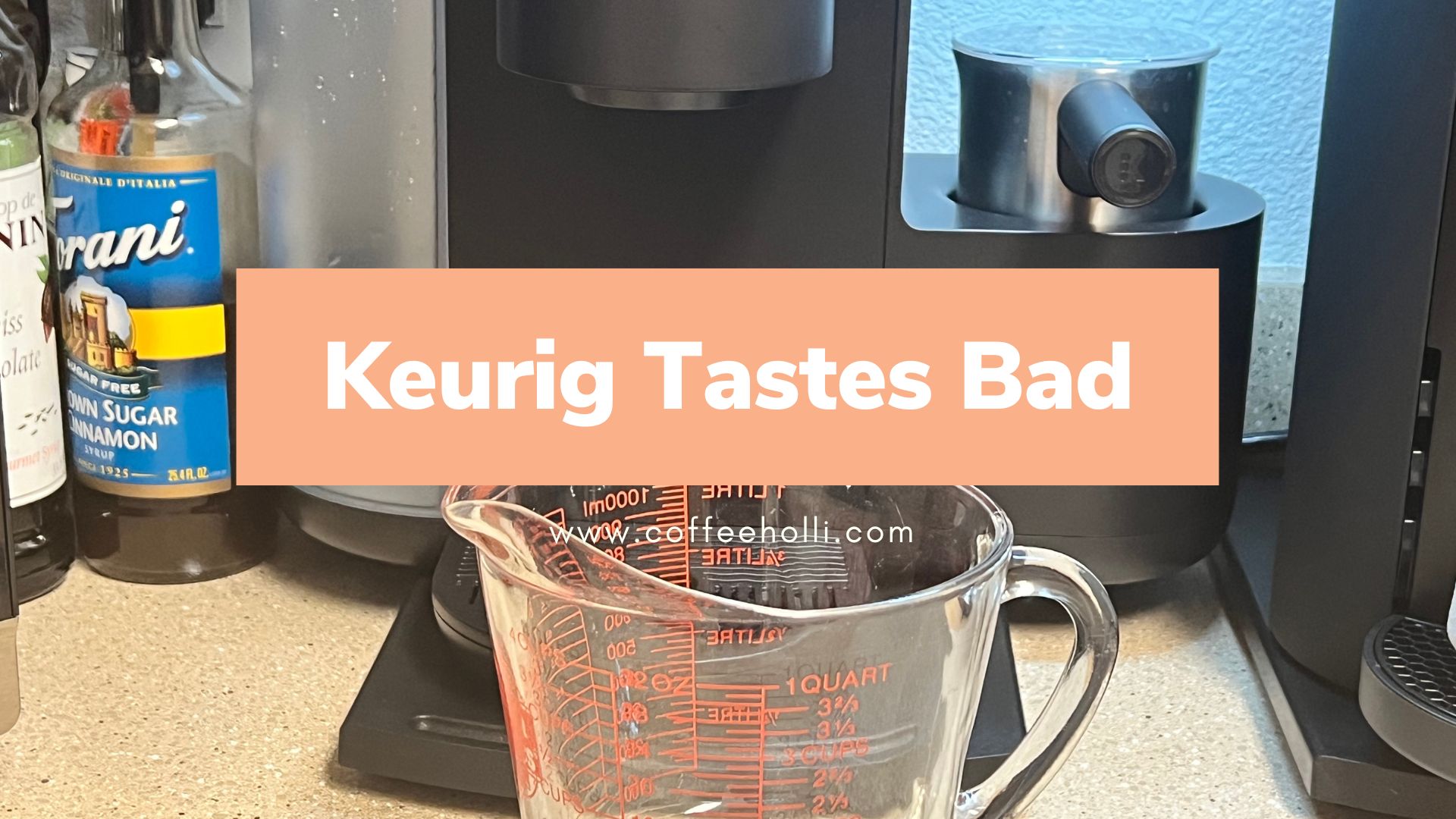

I use Arabic coffee beans and bottled water but have a salty taste. Why is this?
It could be due to the mineral content in the water.